Creating Standard Professional Services
Learn how to create re-usable Professional Services in Settings to add to Projects.
You can create pre-built Professional Services in ScopeStack that allow you to easily scope common and standard projects.
Video Overview
Check out this short video to learn more about creating these services.
Creating a Service
You can create pre-defined professional services to be used in projects under Settings > Content > Professional Services.
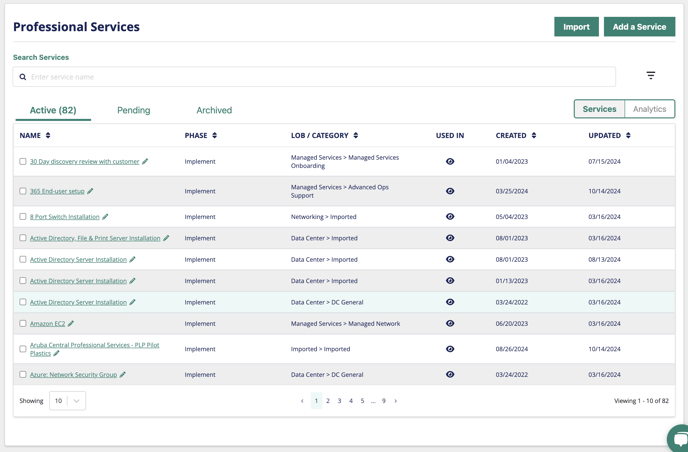
Here, you can see the list of services already in your account and make changes. To create a new service, click the Add A Service button.
Defining Effort
The first step is to define the structure and the effort of your service.
There are several things at play here, and Concepts in Effort and Service Building to learn more about how to think about services.
Working with Professional ServicesHelp CenterFor now, we're going to stick to the high points.
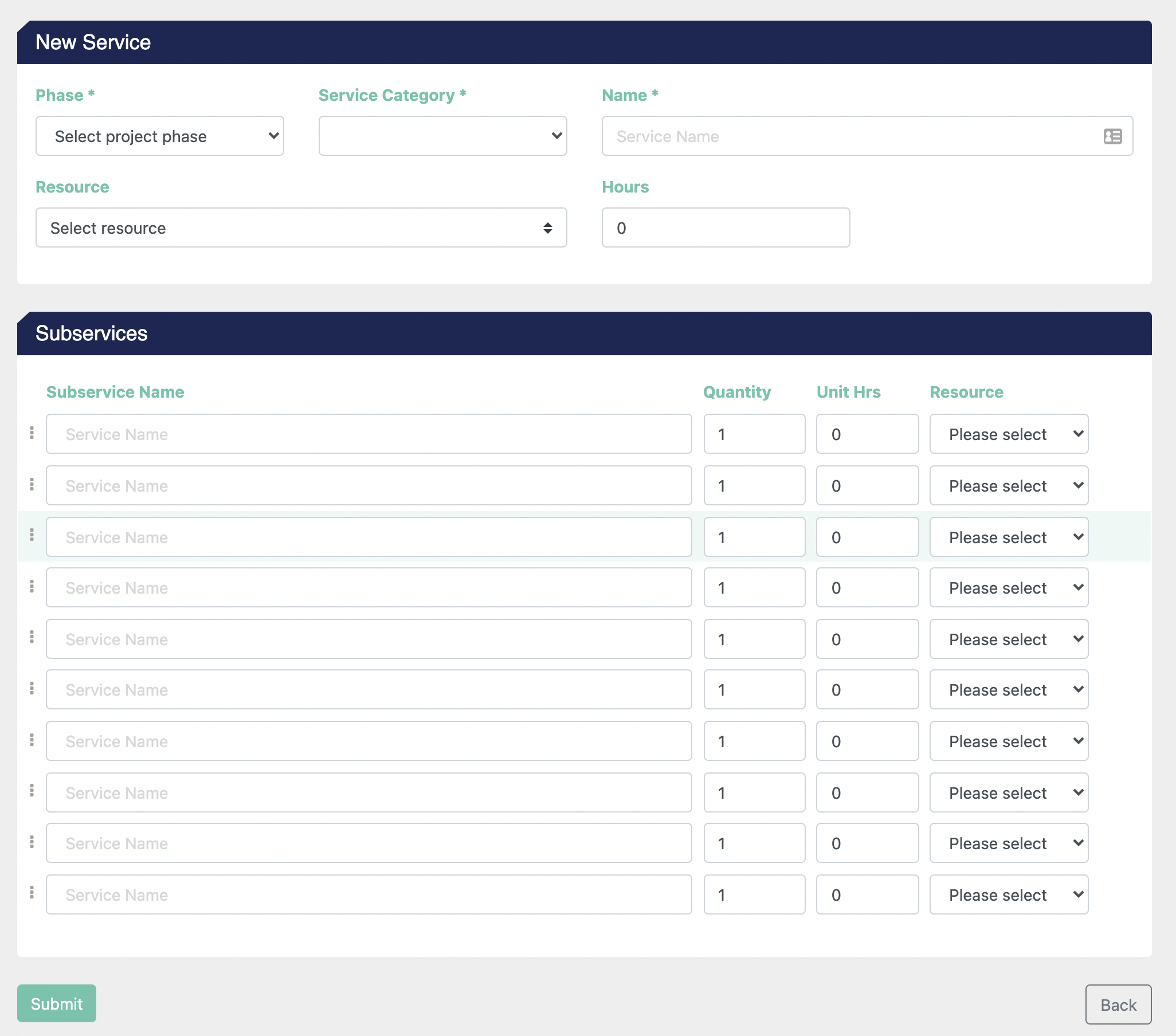
In this dialogue, you can do the following:
-
Align your service to a Phase
-
Store your service in a Line of Business and Service Category
-
Give your service a name
-
Determine if an overall Resource will be completing the work of the service
-
Assigning any overall effort to the whole service
-
Creating individual sub-services and assigning them default effort, quantities, and resources as needed
To finish your setup, you can click Save Service.
Once you've saved the initial setup of your service, you can add Variable Rates to the top-level portion of the service or any of the sub-services.
Defining Language
Once you've defined the effort and clicked Save Service, tabs for the Phase of the service, the Language Fields in your account, and to link Products will appear.
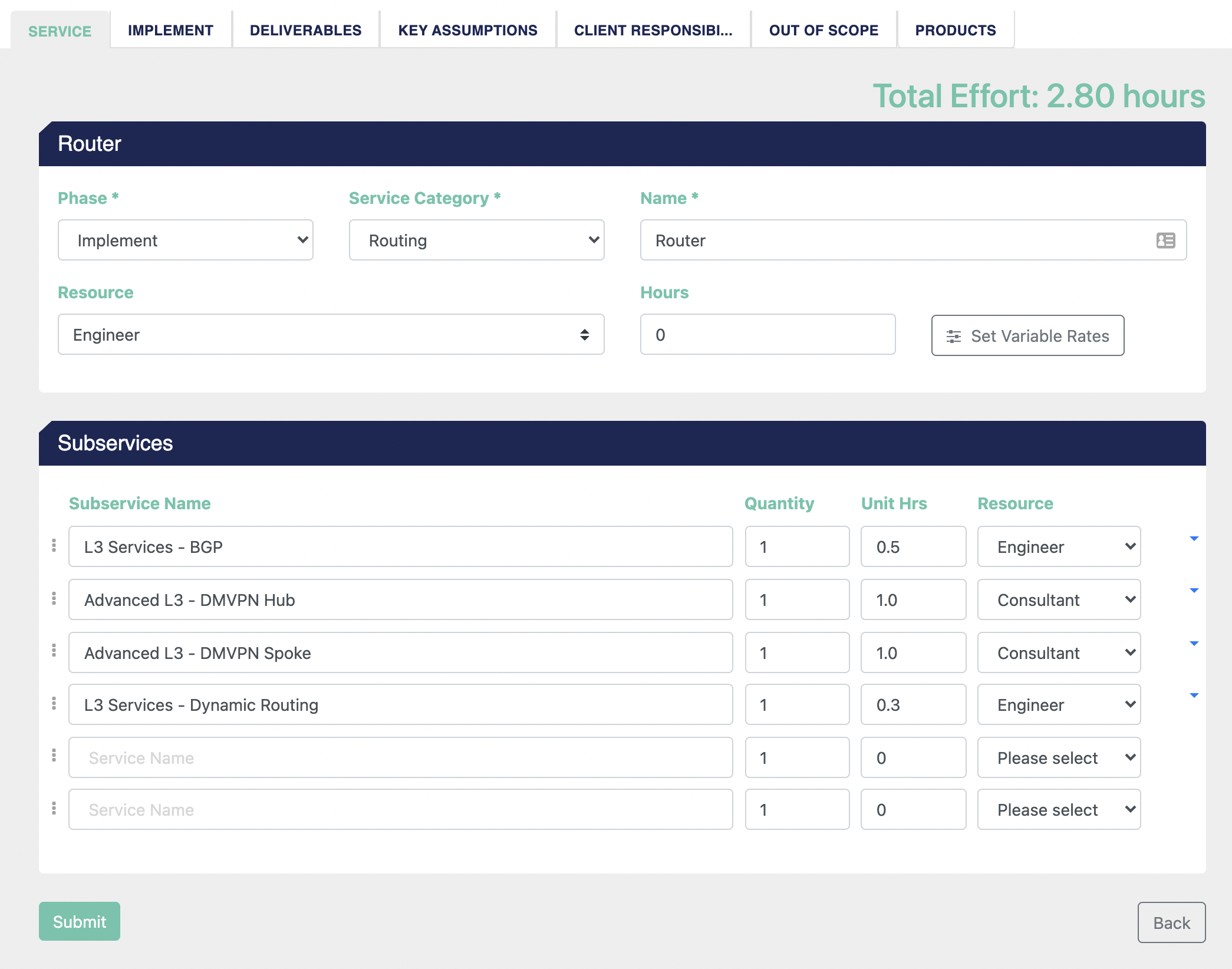
Service Description
If you click on the first tab to the right of the basic service information, you will be able to define its Phase-specific Service Description (for our example service, it's Implement language since that's the phase the service is aligned to).
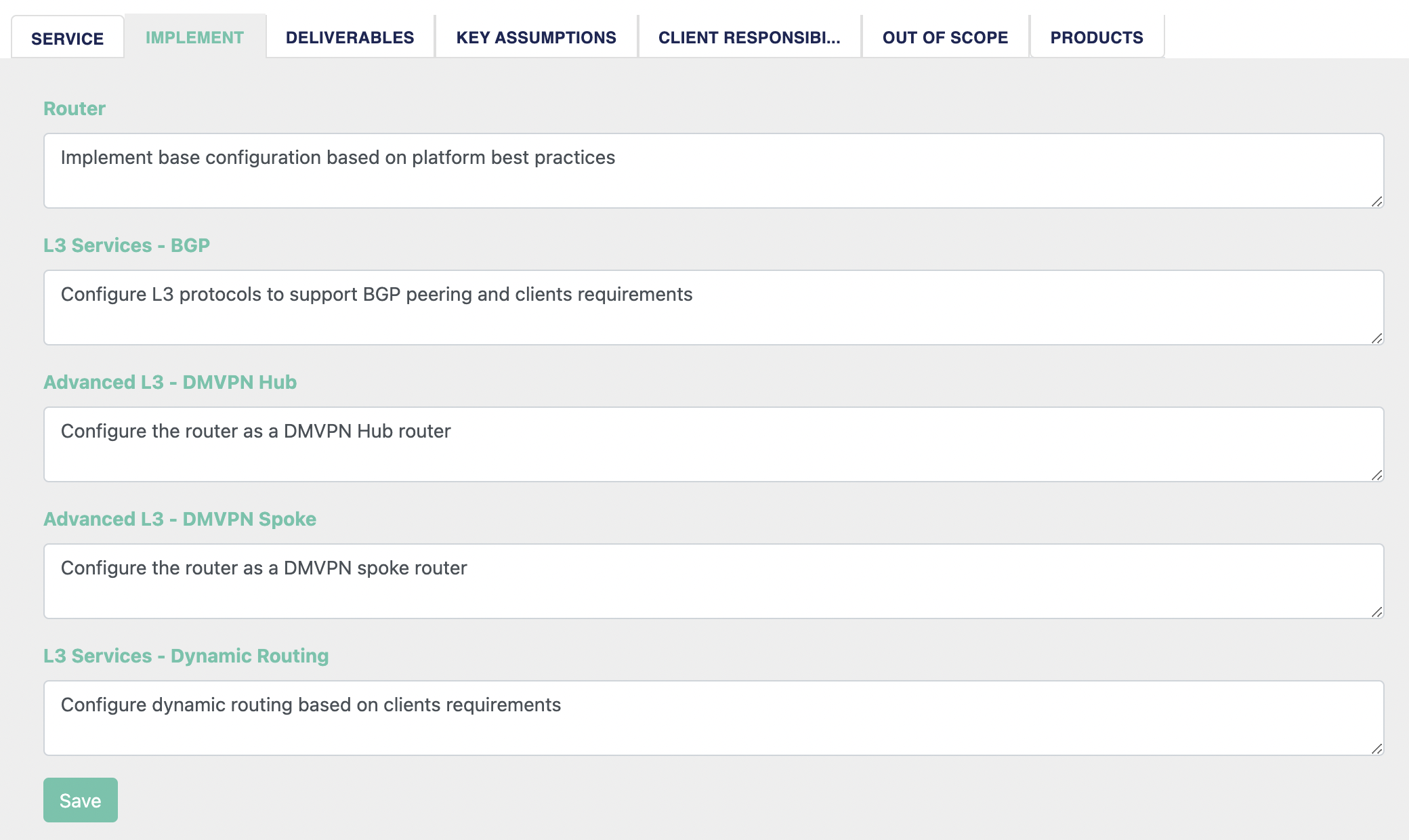
The top box gives you a place to define the language for the top-level portion of the service and the additional boxes are spots of the individual sub-services you defined on the service-overview tab.
The language here can be used in many different ways in your documents after you've added the service to a project and is accessible in the Merge Data view. We highly suggest working out the general structure of your document template before building lots of services as moving lots of data around after you've created services may be challenging. Learn more about using Merge Data here.
Once you're done defining language, click Save.
Language Fields
Additionally, you have spots to pre-define language to be pulled into projects for the language fields present in your account. The middle tabs correspond to the individual language fields and give you spots to pre-define language to be used in your document based on their inclusion in the project.
"Merge Fields" for Service Descriptions and Language Fields
Both Service Descriptions and Language Fields have the ability to include certain project data in their content. To find out more on this topic, read here.
Associating Products
The Products tab gives you a place to identify ancillary Products that may be required in order to complete a service, such as licenses or physical devices. Once the Product is associated with the Service, the Product will be added automatically to a project whenever the Service is added to the Project.
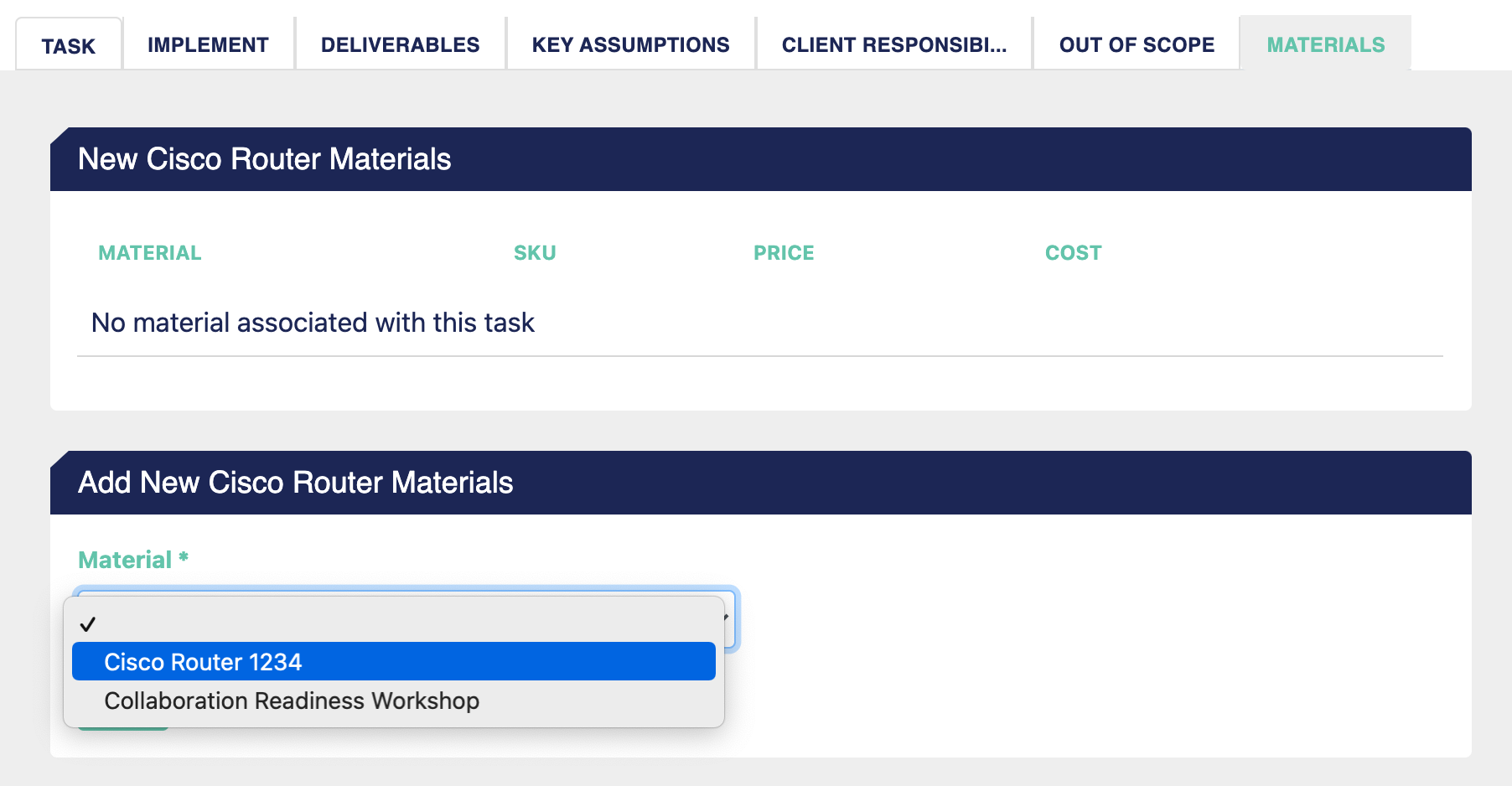
If the service is later removed from the project, the Product will not be removed.
